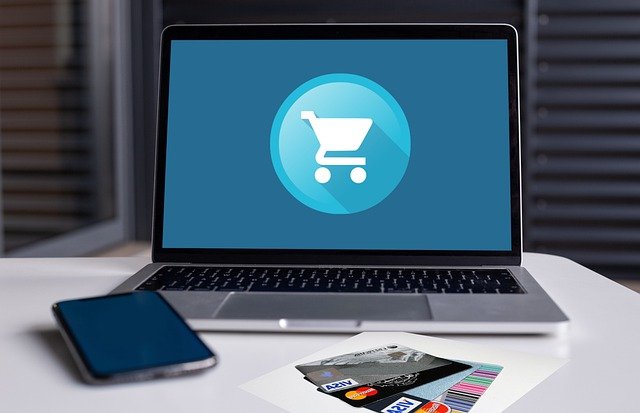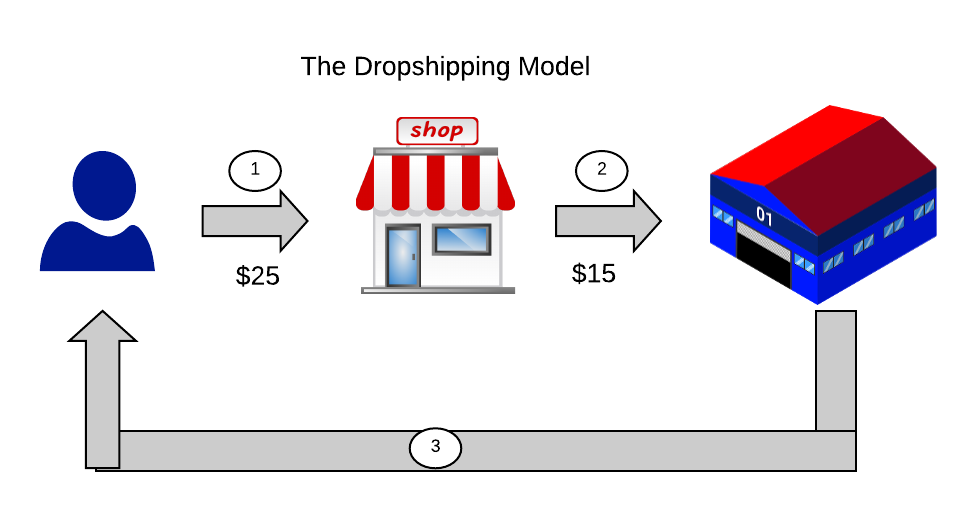World of Ecommerce
Nowadays specially with the current situation of Pandemic, Ecommerce has been the solution for almost everything. Safety is the most important factor right now for everyone, and online buying and selling has been the solution for people to proceed on their daily needs.
But what is Ecommerce in the first place? What are its History? And what are the new Trends and Updates revolving around it so that people can maximize it’s use during this time.
Let’s dig in and read all about it.
What is Ecommerce

E-commerce or Electronic Commerce(EC) is the activity of buying or selling of products and services online. Electronic commerce draws on technologies such as mobile commerce, electronic funds transfer, supply chain management, Internet marketing, etc.
Benefits:
- Enables organizations of all sizes to improve competitiveness
- Cuts across geographical boundaries
- Saves time and cost
- Open to new market opportunities
History
| Year | Events |
|---|---|
| 1991 | Ecommerce Started - Ecommerce became possible in 1991 when the Internet was opened to commercial use. |
| 1991-1999 | Big Companies started to use Ecommerce: - Amazon - Ebay - Dell - Pizza Hut - Alibaba |
| 2000-2005 | Payment Card Industry Security Standards (PCISS) Council was formed to ensure businesses were meeting compliance with various security requirements. - Paypal(2004) was established and other payment services. - Lot of Government regulations and laws were now in placed. |
| 2010-present | New Technologies and companies had emerged - Mobile commerce, Social Media played a big role for marketing - Globalization is very popular - Many small businesses are now competing |
Types of Ecommerce
Business-to-Business (B2B)
Business-to-Business (B2B) e-commerce encompasses all electronic transactions of goods or services conducted between companies or businesses.
Examples:
- Intel company selling microprocessors to Dell
- Heinz selling Ketchup to McDonalds

Business-to-Consumer (B2C)
The Business-to-Consumer type of e-commerce is distinguished by the establishment of electronic business relationships between businesses and final consumers.
Examples:

Consumer-to-Consumer (C2C)
Consumer-to-Consumer (C2C) is a type e-commerce conducted between consumers.
Generally, these transactions are conducted through a third party, which provides the online platform where the transactions are actually carried out.
Examples:

Consumer-to-Business (C2B)
In C2B there is a complete reversal of the traditional sense of exchanging goods. This type of e-commerce is very common in crowdsourcing based projects. A large number of individuals make their services or products available for purchase for companies seeking precisely these types of services or products.
Examples:

Business-to-Administration (B2A)
This part of e-commerce encompasses all transactions conducted online between companies and public administration(Government). This is an area that involves a large amount and a variety of services, particularly in areas such as fiscal, social security, employment, legal documents and registers, etc.
 Examples:
Examples:
IT companies creates and sells software to Government. Joins biddings. Accela.com, provides 24hr public access to government services
Consumer-to-Administration (C2A)
The Consumer-to-Administration model encompasses all electronic transactions conducted between individuals and public administration.
 Examples:
Examples:
- Social Security Online payment
- Taxes online payment
- PAGIBIG
Ecommerce Selling Strategies/Techniques
Dropshipping
Dropshipping is a retail method where a store doesn’t keep the products it sells in stock. Instead, when a store sells a product, it purchases the item from a third party and has it shipped directly to the customer. As a result, the merchant never sees or handles the product.

Upselling
Upselling is a sales technique aimed at persuading customers to purchase a more expensive, upgraded or premium version of the chosen item or other add-ons for the purpose of making a larger sale. eCommerce businesses often use upselling and cross-selling techniques in an attempt to increase order value and maximize profit.
Examples:
- TV 15 inch upsells 43 inches Flat Screen
- Amazon - https://www.amazon.com/
Cross selling
Cross-selling identifies products that satisfy additional, complementary needs that are unfulfilled by the original item.
Examples:
A comb could be cross-sold to a customer purchasing a blow dryer.
Future of Ecommerce
With the new Trends, new innovations in Technology and with this Pandemic - Ecommerce has and will surely rise up for the coming years.
Below are some new Trends to look up for:
- Headless eCommerce
- Ethical eCommerce
- Seamless Omnichannel Experiences
- Voice as an eCommerce Channel
- Mobile Progressive Web Apps
- NextGen B2B eCommerce
For details and references, see Ecommerce Trends 2020.
Effects of the Pandemic in Ecommerce
For this part, you can check out this reliable resources: